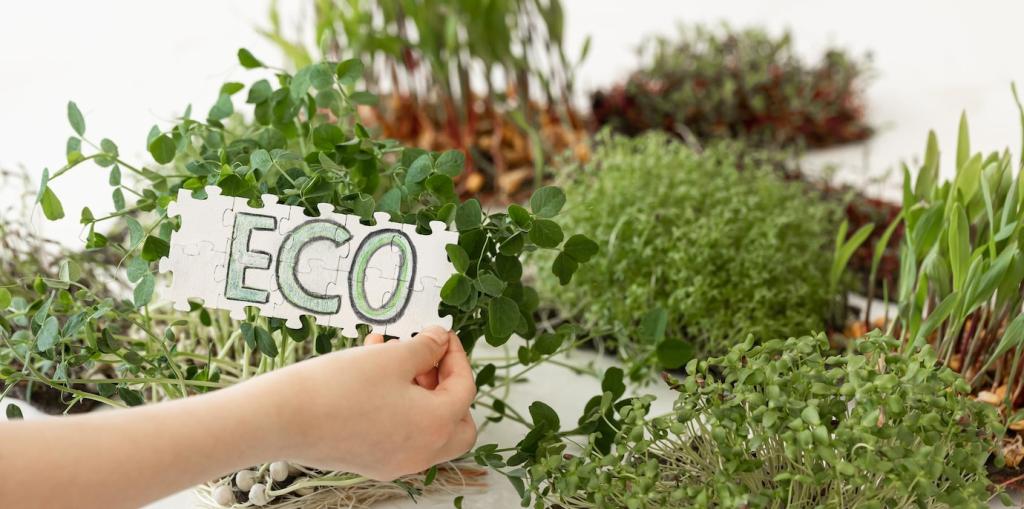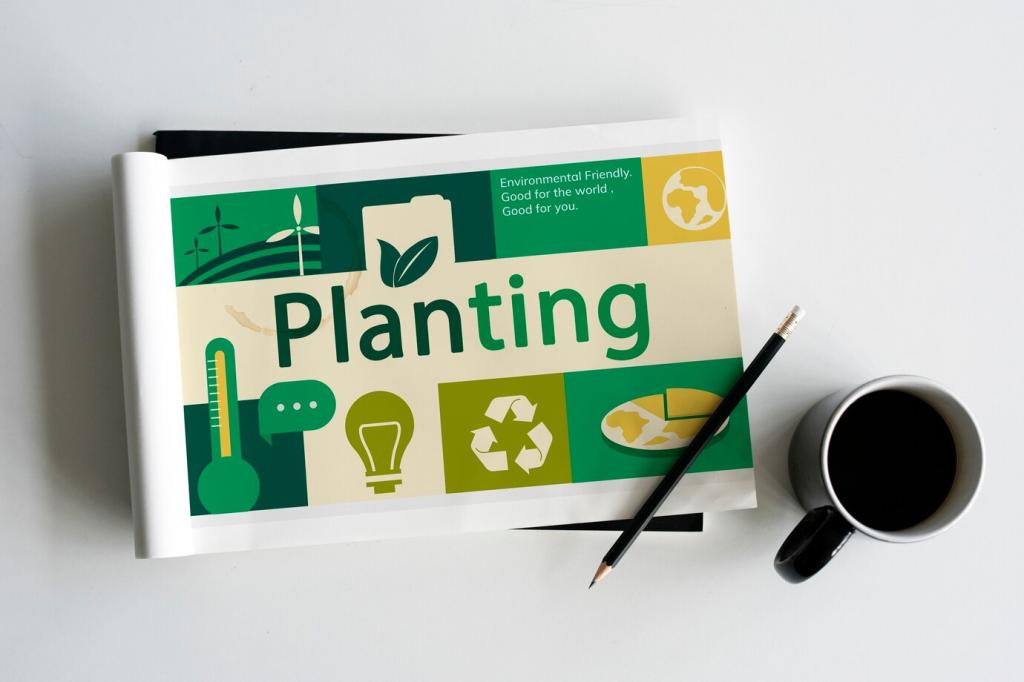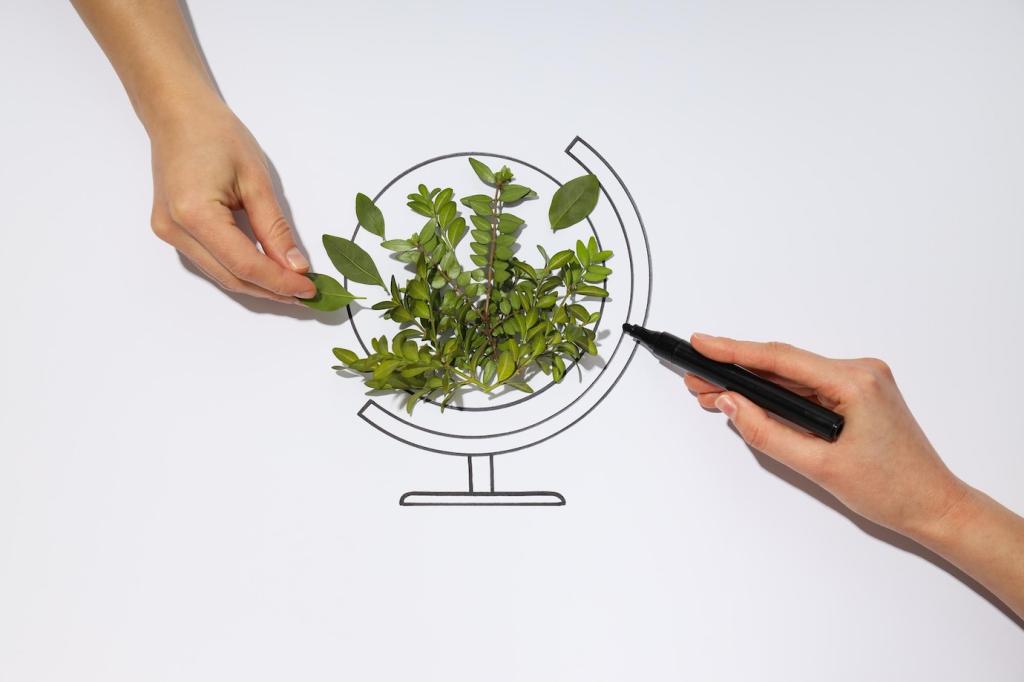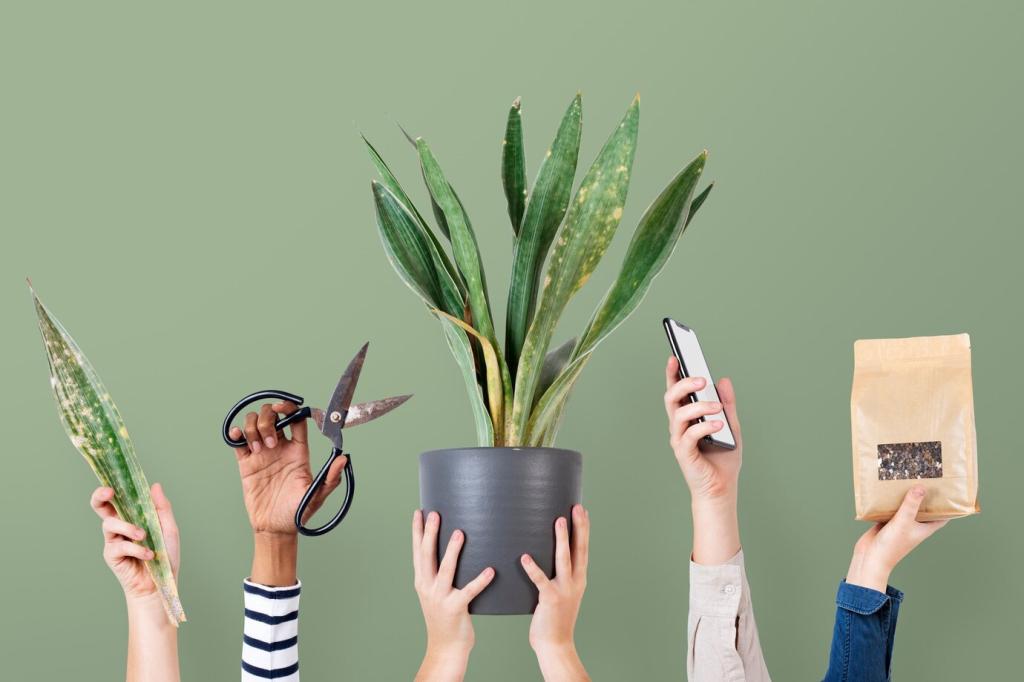Your Next Step: Participate
Build a side table from heat-treated (HT-stamped) reclaimed pallets, cork top, and plant-oil finish. You will learn de-nailing, planing, and knock-down fasteners in a weekend. Post your progress photos, and we will feature our favorite builds in the newsletter.
Your Next Step: Participate
Ask vendors about certification, recycled content percentage, finish VOC levels, and take-back options. Request spare-part availability and exploded diagrams upfront. These questions signal care and push the market forward. Comment with a script you plan to use on your next purchase.





